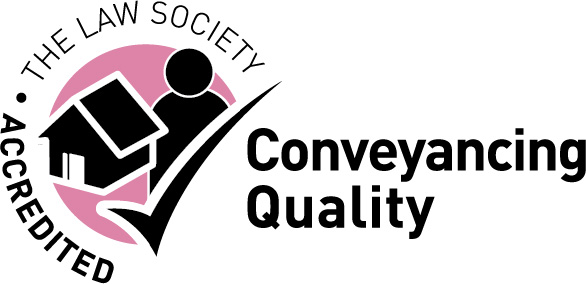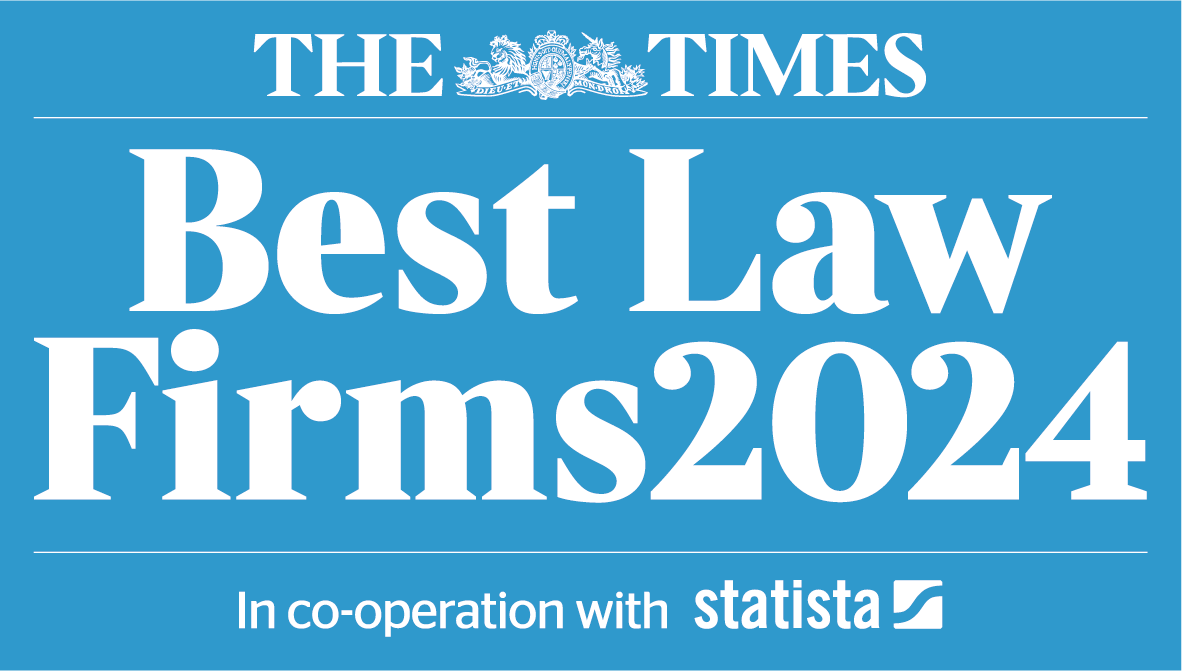Update: Coronavirus Job Retention Scheme (CJRS)
6 April 2020

On Saturday 4 April the government issued updated guidance regarding the Coronavirus Job Retention Scheme, clarifying some important aspects of the scheme but leaving other areas unanswered. We set out below the key take-aways from the guidance. The full guidance note for employers may be found here.
Q: Which employers can take advantage of the scheme?
- In addition to organisations, individuals are also able to furlough staff (e.g. nannies etc.).
- Employers need to register with PAYE online to claim, which can take up to 10 days.
Q: Which employees can be furloughed?
- Apprentices are included in the scheme. Employers should pay national minimum wage for time spent training.
- Employers are free to reallocate tasks between staff so that they can furlough those who would ordinarily carry out business critical tasks.
- Employers are able to re-employ staff who 'stopped working for them' after 28 February. This is not limited to those who were made redundant.
- The guidance states that employers can furlough staff who are 'shielding' in line with public health guidance if they are unable to work from home and they would otherwise have to make them redundant.
- Those with caring responsibilities can be furloughed. There is requirement that the employer would otherwise need to make the employee redundant in these circumstances.
- Employees on fixed term contracts can be furloughed and their contract can be renewed/extended during the furlough period without breaking the terms of the scheme.
- Employers can place office holders (including directors), salaried partners of LLPs, agency workers (including those employed by umbrella companies) and limb (b) workers on furlough. There is specific guidance for each of those types of staff.
Q: What record-keeping requirements are there?
- Employers must confirm in writing that an employee has been furloughed and must keep this for 5 years.
Q: When can employers claim from?
- The guidance now makes it clear that employers can claim from the date that the employee stopped working.
Q: What can employers claim for?
- The guidance clarifies that employers cannot claim for pension contributions above auto-enrolment minimum or on topped up salaries
- Employers can claim for payments they're obliged to pay employees which includes wages, past overtime, fees and compulsory commission payments. Discretionary bonuses, commission payments, tips and non-cash benefits are excluded.
Q: Is there a minimum period of furlough?
- The guidance now clarifies that the minimum period of furlough is 3 consecutive weeks. Employees can be taken on and off of furlough provided they are furloughed for a minimum period of 3 consecutive weeks.
Q: Can furloughed employees be permitted to work?
- Employees are permitted to work for another employer whilst on furlough if their contracts allow them to do so (but must not provide services to the employer who has placed them on furlough). The guidance doesn't give any further restrictions (i.e. providing that employees don't earn more than 100% of their salary etc.)
Issues that are still not clarified by the guidance:
- Sickness during furlough leave
- Holiday during furlough (although employers should note that the updated Acas guidance states that if an employee is on furlough they can still request and take their holiday as usual)
- Notice pay
We are still awaiting guidance on how employers should deal with sickness during furlough leave, holiday and notice pay. We will keep our Covid-19 Hub up-to-date with any further details.



